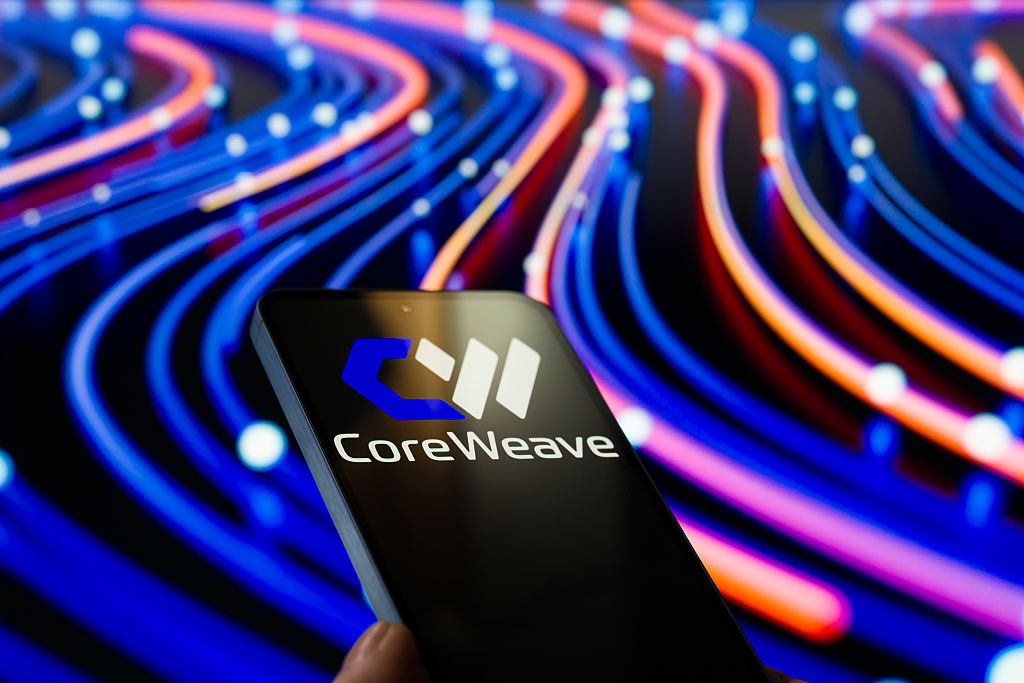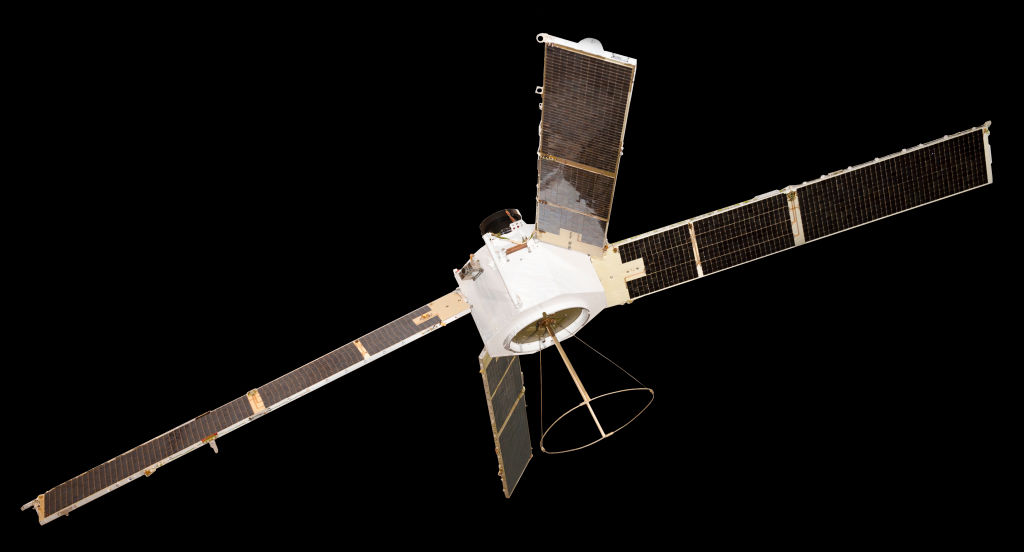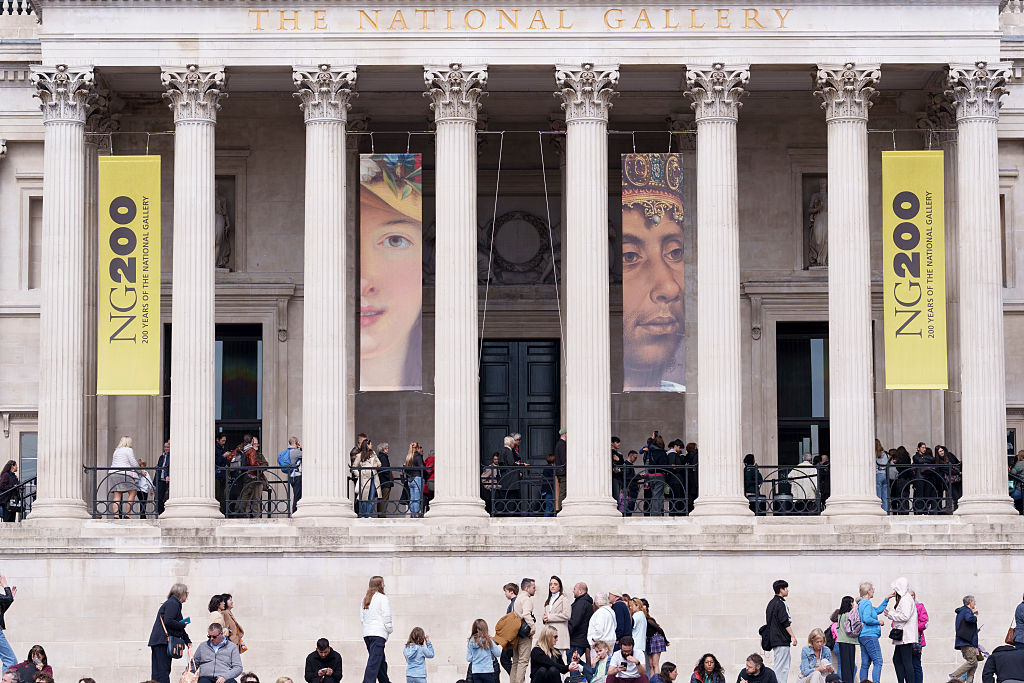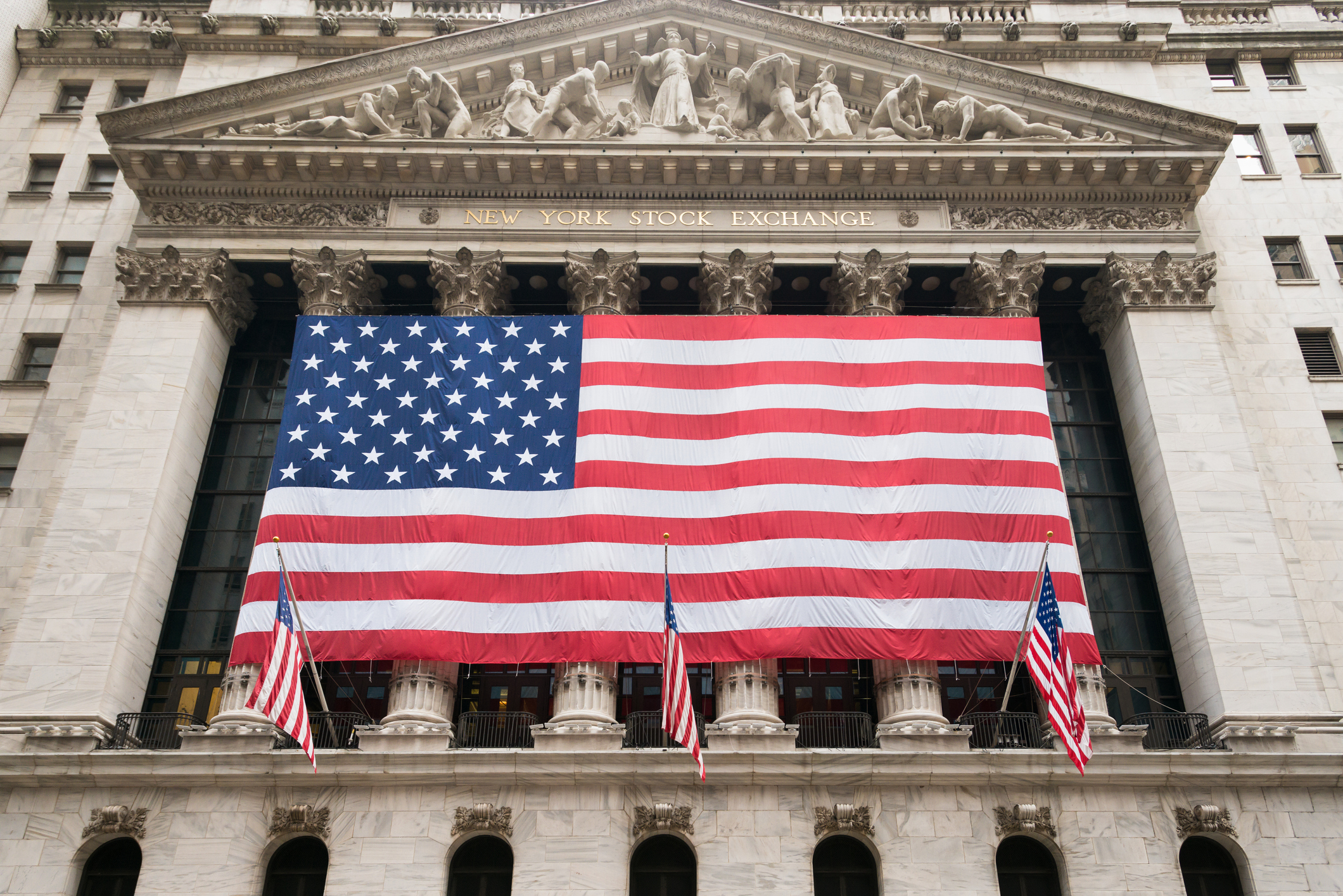16 May 1960: the first working optical laser
Lasers had long since captured the imagination of sci-fi enthusiasts. But on this day in May 1960, they became a reality.

In 1917, Albert Einstein proposed that it was possible to manipulate light with mirrors in such a way as to produce an incredibly pure and focused burst of light.
As a result, the idea of 'death-rays' that could slice through objects with pinpoint accuracy became a staple of science fiction. But the civilian use of such technology was not immediately apparent, so there was little interest in the topic.
After World War II, the US military started to invest in laser-related research, hoping that laser would improve the accuracy of radar. The first breakthrough was in 1953, when a team at Columbia University, led by Charles Townes, produced the Maser (Microwave Amplification by Stimulated Emission of Radiation).
MoneyWeek
Subscribe to MoneyWeek today and get your first six magazine issues absolutely FREE

Sign up to Money Morning
Don't miss the latest investment and personal finances news, market analysis, plus money-saving tips with our free twice-daily newsletter
Don't miss the latest investment and personal finances news, market analysis, plus money-saving tips with our free twice-daily newsletter
While it amplified microwave beams (rather than light), it proved that the process could work. In 1958, Townes outlined the idea for a gas-based Laser (Light Amplification by Stimulated Emission of Radiation).
In 1959, Theodore Maiman, who had previously worked on shrinking the size of the Maser, went to his employer, the Hughes Aircraft Company, with an idea for modifying Townes' design.
He produced a working prototype that used a ruby for the amplification. This idea was patented and won him many awards, including the prestigious Wolf Prize in Physics.
A year later, the first medical operation involving lasers was carried out on a cancer patient. By the 1970s lasers started to play a key role in the manufacturing of computer circuits.
The development of the barcode scanner, in 1974, would move lasers out of the lab and into people's day-to-day lives. At the moment they are used in everything from eye surgery to laser printers and modern fibre-optic telephone systems.
Get the latest financial news, insights and expert analysis from our award-winning MoneyWeek team, to help you understand what really matters when it comes to your finances.

-
 Rightmove: Asking prices set to rise 2% in 2026 after post-Budget market rebound
Rightmove: Asking prices set to rise 2% in 2026 after post-Budget market reboundBuyers and sellers who held off in anticipation of the Budget will come back to the market and contribute to asking prices increasing next year, according to Rightmove
-
 Coreweave is on borrowed time
Coreweave is on borrowed timeAI infrastructure firm Coreweave is heading for trouble and is absurdly pricey, says Matthew Partridge
-
 13 April 1960: the first satellite navigation system is launched
13 April 1960: the first satellite navigation system is launchedFeatures On this day in 1960, Nasa sent the Transit 1B satellite into orbit to provide positioning for the US Navy’s fleet of Polaris ballistic missile submarines.
-
 9 April 1838: National Gallery opens in Trafalgar Square
9 April 1838: National Gallery opens in Trafalgar SquareFeatures On this day in 1838, William Wilkins’ new National Gallery building in Trafalgar Square opened to the public.
-
3 March 1962: British Antarctic Territory is created
Features On this day in 1962, Britain formed the British Antarctic Territory administered from the Falkland Islands.
-
10 March 2000: the dotcom bubble peaks
Features Tech mania fanned by the dawning of the internet age inflated the dotcom bubble to maximum extent, on this day in 2000.
-
9 March 1776: Adam Smith publishes 'The Wealth of Nations'
Features On this day in 1776, Adam Smith, the “father of modern economics”, published his hugely influential book The Wealth of Nations.
-
 8 March 1817: the New York Stock Exchange is formed
8 March 1817: the New York Stock Exchange is formedFeatures On this day in 1817, a group of brokers moved out of a New York coffee house to form what would become the biggest stock exchange in the world.
-
7 March 1969: Queen Elizabeth II officially opens the Victoria Line
Features On this day in 1969, Queen Elizabeth II took only her second trip on the tube to officially open the underground’s newest line – the Victoria Line.
-
4 March 1519: Hernan Cortes arrives in Mexico
Features On this day in 1519, Hernan Cortes landed in Mexico before marching on the Aztec capital, Tenochtitlan.